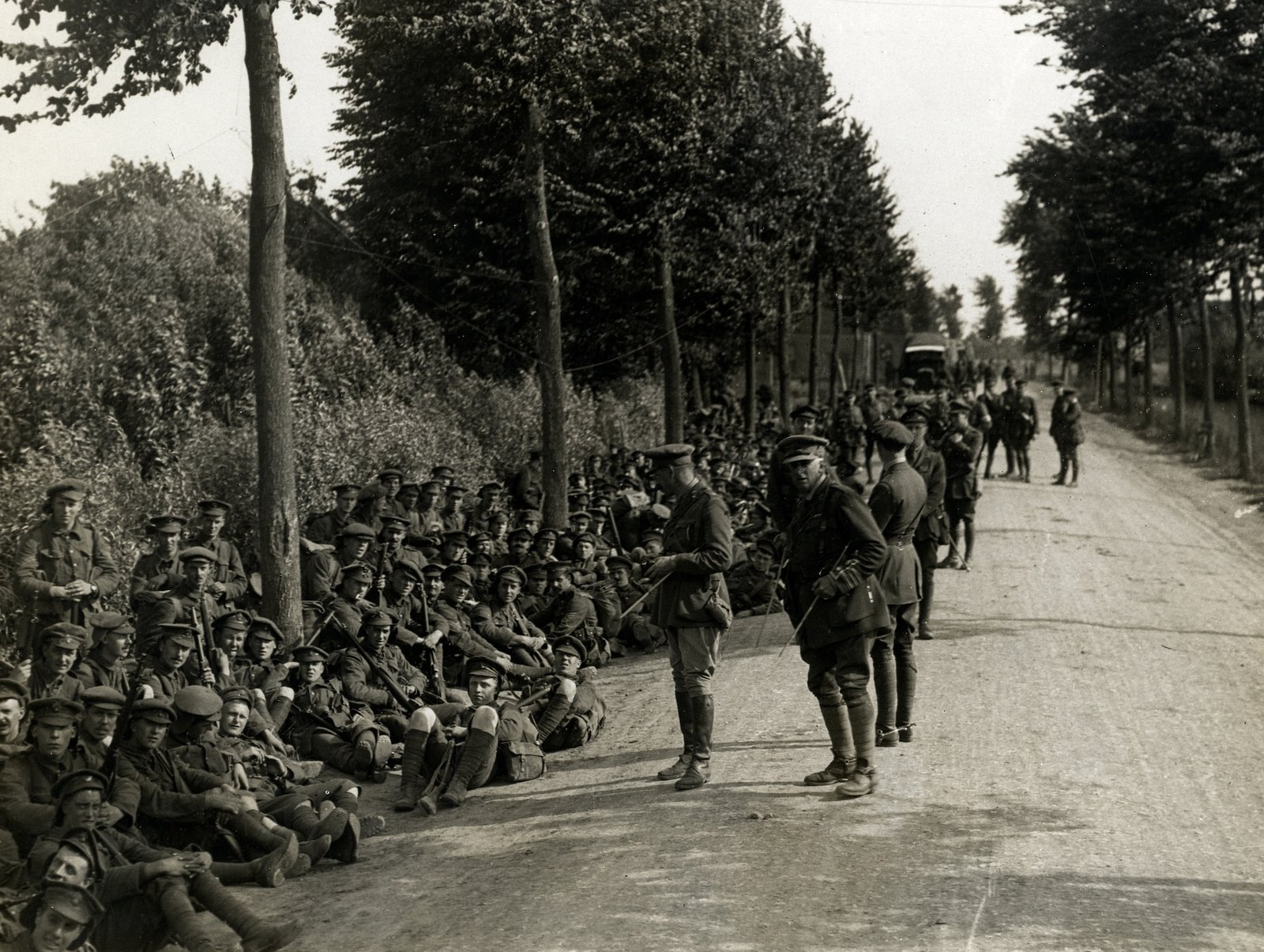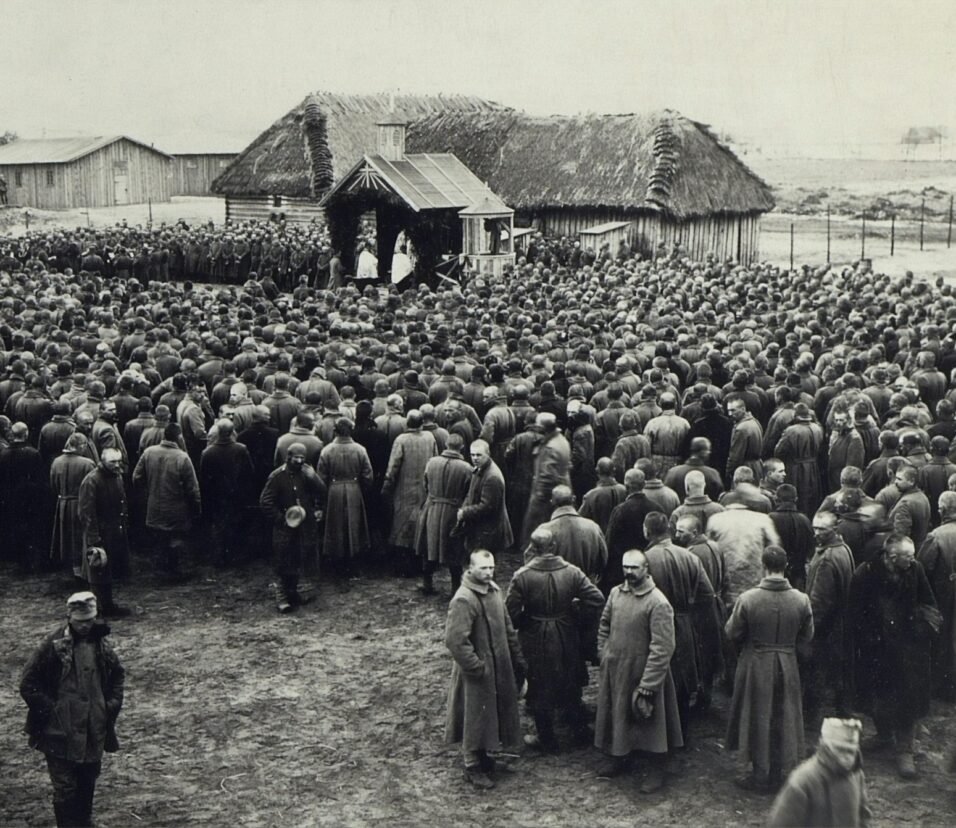Prelude to the Treaty
As the guns fell silent in November 1918, bringing an end to the “war to end all wars,” the leaders of the victorious Allied powers convened to determine the fate of the defeated Central Powers. At the center of this negotiation was the Treaty of Versailles, a monumental agreement that officially marked the end of World War I. It’s signing on June 18, 1919, symbolized the conclusion of five tumultuous years of global conflict that had commenced with the assassination of Archduke Franz Ferdinand in 1914.
Setting the Stage: The Paris Peace Conference
In January 1919, representatives from 32 nations met in Paris, France, for what would become known as the Paris Peace Conference. The conference’s aim was to create a roadmap to lasting peace. The complexity of the task cannot be overstated; the leaders had to ensure the agreement satisfied their national interests and pacified their respective populations, while at the same time preventing the resurgence of another devastating conflict.
Key Figures: Clemenceau, Lloyd George, and Wilson
The pivotal figures in shaping the Treaty were George Clemenceau from France, David Lloyd George from the United Kingdom, and Woodrow Wilson from the United States.
Clemenceau: The Tiger of France
George Clemenceau, known as the “Tiger of France,” had seen his homeland ravaged by war and was committed to securing the most stringent terms possible against Germany. Clemenceau’s primary goal was to impose hefty war reparations on Germany, ensuring the nation would be incapable of waging war in the foreseeable future.
Lloyd George: The Pragmatic Bridge
David Lloyd George, although agreeing with Clemenceau on Germany’s need to pay reparations, held a more moderate viewpoint. He recognized the importance of Germany’s economic recovery for future trade relationships and was careful not to drive Germany into complete destitution.
Wilson: The Idealist
Contrasting Clemenceau and Lloyd George’s more punitive and pragmatic stances, Woodrow Wilson arrived in Paris as an idealist. His “Fourteen Points” outlined a vision of a more equitable world order, centered on principles such as self-determination and collective security. Central to Wilson’s proposition was the creation of an international body, the League of Nations, to mediate disputes and maintain global peace.
Key Provisions of the Treaty: A German Burden
Germany was forced to accept harsh conditions under the Treaty of Versailles. The most notorious clause was Article 231, commonly referred to as the War Guilt Clause. This provision placed full responsibility for the war and the subsequent destruction on Germany’s shoulders.
In line with this clause, Germany had to disarm significantly, cede several territories and overseas colonies, and agree to pay enormous reparations. While these terms were intended to secure long-term peace, they also sowed seeds of German resentment and economic instability that would prove catastrophic in the years to come.
The League of Nations: A New Hope
President Wilson’s vision was partially realized with the establishment of the League of Nations. This international body aimed to foster cooperation, mediate disputes, and prevent future conflicts. Member states pledged to provide mutual assistance and resist aggression. Furthermore, the League took on the mandate of overseeing colonial territories, aiming to ensure their fair and orderly administration.
Aftermath: Divergent Perspectives
Reactions to the Treaty of Versailles were as varied as the parties involved. In Germany, the Treaty was seen as an affront to national honor. It was considered too harsh, unjust, and in violation of Wilson’s promise of “peace without victory.”
In the United States, although Wilson had been instrumental in the Treaty and the formation of the League of Nations, the U.S. Senate refused to ratify the Treaty. Many senators were skeptical about the League and feared that American involvement in the international body might lead to unnecessary entanglement in European conflicts.
In France and Britain, while the Treaty was seen as a necessary punishment for Germany’s aggression, it also sparked concerns about whether it was too harsh and would lead to further conflict.
Legacy: A Peace Built on Quicksand
While the Treaty of Versailles brought temporary peace and gave birth to the League of Nations, it failed to achieve lasting stability. The punitive measures against Germany caused economic hardship and nurtured a sense of national humiliation, providing fertile ground for the rise of Adolf Hitler and his Nazi Party. The League of Nations, despite its lofty aims, proved ineffective without American participation and the collective will of its members to enforce its decisions.
The Treaty of Versailles, despite its shortcomings, serves as a valuable lesson in the complexities of peace-making and the intricate balance required between retribution, reconciliation, and the pragmatic needs of a stable international order. Today, as we look back at this seminal moment in world history, it continues to provide vital insights into the challenges and dilemmas that confront us in the quest for sustainable peace.







